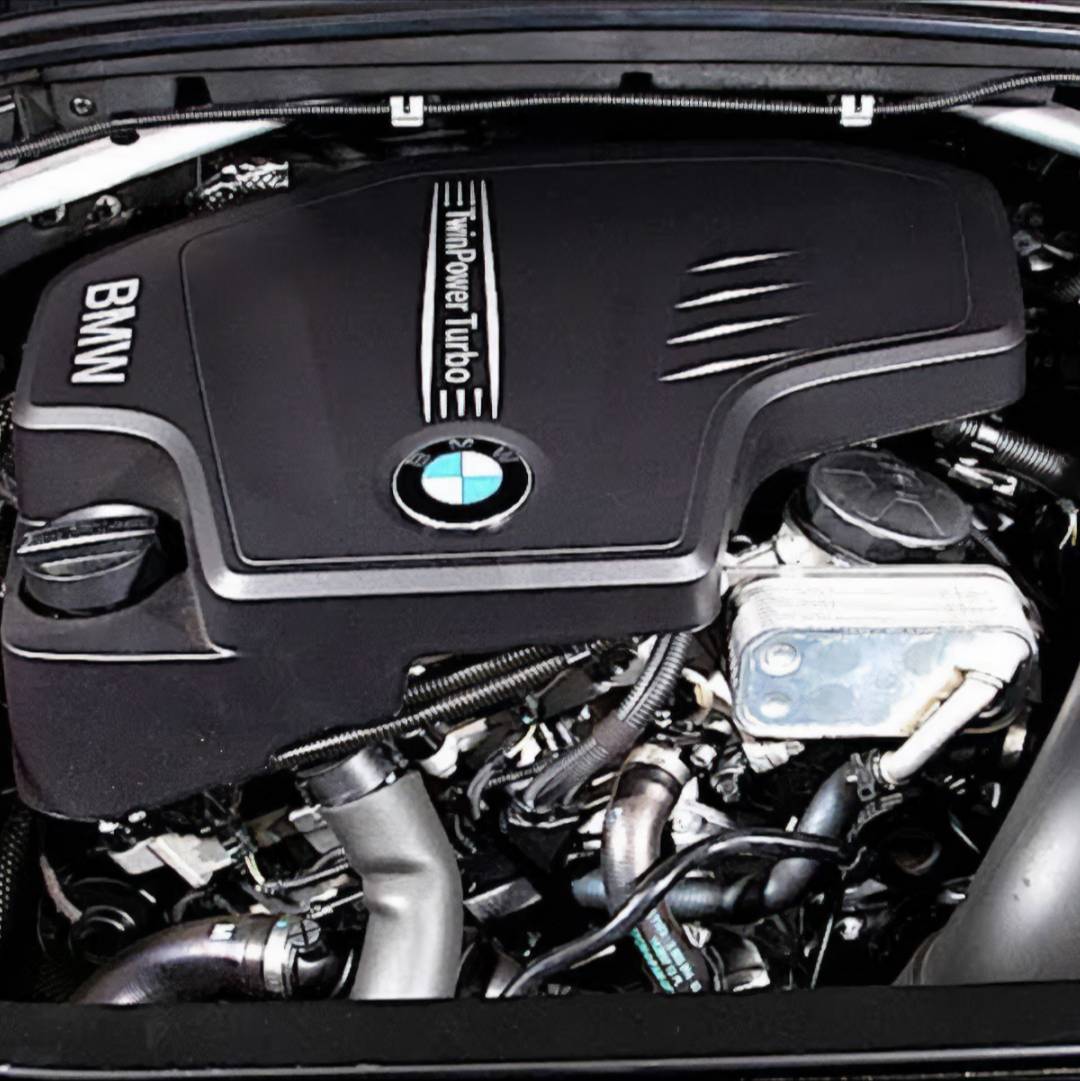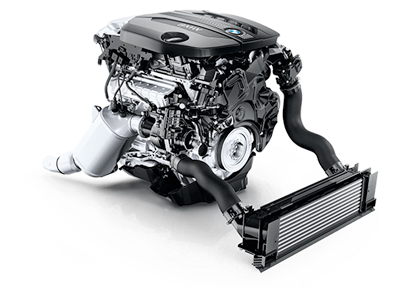Common Concerns Dealt With by BMW Engine Owners and How to Solve Them
Common Concerns Dealt With by BMW Engine Owners and How to Solve Them
Blog Article
Exploring the Development of Burning Engines in Modern Transportation Solutions
As we browse the landscape of modern transport, the development of combustion engines stands as a testimony to human resourcefulness and engineering prowess. The interaction of history, technology, and ecological problems in shaping the trajectory of burning engines creates a story that is both insightful and compelling.
Very Early Beginnings of Combustion Engines
How did the concept of burning engines first emerge in the very early phases of transportation growth? The roots of combustion engines can be mapped back to the 17th century when the principles of inner burning were very first discovered. In 1673, Christian Huygens conceptualized a standard inner combustion engine that made use of gunpowder to generate power. Nevertheless, it wasn't up until the late 19th century that sensible applications of combustion engines in transportation began to arise.
The breakthrough moment came with the development of the initial effective gasoline-powered engine by Karl Benz in 1885 - bmw engine. This engine led the way for the growth of the contemporary automobile, transforming transport systems worldwide. Succeeding technologies by Nikolaus Otto and Gottlieb Daimler better fine-tuned combustion engine modern technology, bring about the mass production of autos and the fast development of the transport industry
These early burning engines were defined by their simpleness and effectiveness, laying the structure for the facility and powerful engines made use of in modern transportation systems. The development of burning engines has actually been important in forming the means we travel and carry items, marking a substantial milestone in the history of transport growth.
Transition to Internal Combustion Innovation
The change to internal burning innovation noted an essential change in the advancement of transportation systems. This shift began in the late 19th century, with innovators like Nikolaus Otto and Gottlieb Daimler establishing the initial successful interior burning engines. These engines transformed transport by supplying a much more effective and effective alternative to steam engines and electrical motors.
One of the vital benefits of internal burning engines was their capability to be reduced to suit automobiles, resulting in the advancement of motorbikes and automobiles. This change from bulky, fixed engines to portable, mobile ones led the way for the modern transportation systems we see today.
The change to inner combustion technology additionally stimulated developments in gas innovation, causing the growth of fuel and diesel as main gas resources for lorries. This shift not just made transport extra available to the masses however additionally laid the foundation for the oil and gas industry to become important to international economic situations.
Influence of Combustion Engines on Transport
The fostering of burning engines in transportation systems militarized a profound change in the effectiveness and speed of global flexibility. Combustion engines transformed transportation by providing a functional and reputable resource of power for numerous vehicles, including cars and trucks, vehicles, planes, and ships. This advancement substantially improved the ability for individuals and products to move over cross countries in shorter period, causing increased connectivity between regions and nations.
Moreover, the widespread usage of combustion engines has actually had a substantial effect on financial development. The ability to transport items efficiently has spurred trade and business, allowing services to expand their markets and get to consumers worldwide. This has promoted economic growth and globalization, as items can currently be carried much faster and in bigger amounts than in the past.
Nevertheless, the ecological effect of combustion engines can not be ignored. The burning of fossil gas has led to air pollution and greenhouse gas navigate to these guys exhausts, adding to environment change and positioning health and wellness risks to populations. bmw engine. Consequently, there is a growing emphasis on developing alternate propulsion technologies to mitigate these adverse results and create a much more lasting future for transport
Technologies in Combustion Engine Design
One significant technology is the development of turbocharged engines, which use exhaust gases to drive a turbine that presses incoming air, allowing for more fuel to be scorched, resulting in raised power output without a substantial increase in engine size. Variable shutoff timing systems have actually additionally revolutionized engine style by maximizing air flow at various engine speeds, enhancing both power and efficiency. These innovations jointly add to the continuous improvement of burning engines in modern-day transport systems.
Future Patterns in Combustion Engine Advancement
With innovation advancements driving continuous innovation, the future of combustion engine advancement is poised to reinvent transportation systems internationally. One of the key trends in combustion engine development is the press in the direction of better effectiveness and lowered exhausts. Suppliers are spending greatly in study and development to improve engine efficiency while satisfying rigorous environmental laws. This consists of the integration of innovative gas shot systems, improved turbocharging techniques, and making use of lightweight materials to optimize gas usage and minimize carbon discharges.
Another prominent trend is the fostering of crossbreed technologies in burning engines. Crossbreed engines integrate traditional combustion innovation with electrical power, using enhanced fuel performance and lower exhausts. As the auto market changes towards electrification, crossbreed combustion engines are viewed as a transitional remedy that bridges the void between standard cars and totally electrical ones.
Moreover, the assimilation of smart innovations, such as artificial intelligence and data analytics, is anticipated to play a significant duty in the future of burning engine development. These innovations can enhance engine efficiency in real-time, causing more efficient burning procedures and enhanced overall lorry performance. Welcoming these future trends will certainly not only drive development in combustion engine development however also add to an extra sustainable and eco-friendly transport ecosystem.

Conclusion
In verdict, the development of burning engines in contemporary transportation systems has actually been marked by considerable improvements in innovation and layout. From the early beginnings of find out this here burning engines to the transition to interior combustion modern technology, these engines have had an extensive effect on transport. Developments in burning engine layout continue to drive development in this area, with future trends concentrating on more boosting efficiency and minimizing exhausts. The future of burning engines in transportation looks appealing as research study and development efforts remain to press boundaries.
The roots of burning engines can be traced back to the 17th century when the read more principles of interior burning were very first checked out. These engines revolutionized transportation by providing an extra efficient and powerful alternative to heavy steam engines and electrical motors.

Report this page